LONDON — She was born a royal but with little hope of wearing the crown.
Princess Elizabeth Alexandra Mary, known by her family as Lilibet, was born April 21, 1926 — third in line to the throne after her uncle and her father. But a scandalous royal love affair changed the course of Lilibet’s life and paved the way for her to become the United Kingdom’s longest-serving monarch, a much-admired symbol of comfort and continuity and arguably the most famous woman in the world.
Elizabeth’s reign lasted from the industrial age to the internet age — 70 years of endurance and stoicism in which she met generations of legendary, mostly male, global leaders and helped steer Britain through the loss of its empire and its emergence as a midsized multicultural nation.
Follow NBC News’ live coverage here
From a young queen to the grandmother of the nation, decade after decade she smiled, waved, shook hands and chatted with a vast number of her subjects and admirers, despite family scandals and the tragedy of a dead princess.

Her cool, reliable cheerfulness made her overwhelmingly popular with the British public.
Queen Elizabeth II died Thursday. Her eldest son, Charles, is now king.
On the eve of World War II, her uncle, King Edward VIII, abdicated in 1936 after his marriage proposal to an American divorcee, Wallis Simpson, erupted in a scandal that engulfed the royal family and embroiled the country’s politicians.
Elizabeth’s father became a reluctant King George VI, making Elizabeth the direct heir to the crown.
Elizabeth assumed the throne in 1952 at the age of 25 after the sudden death of her father in his sleep at 56. In the 70 years since, she worked with 15 British prime ministers and met every U.S. president during her time as queen except Lyndon Johnson. The vast majority of Britons have never known another monarch, and she remained overwhelmingly popular until her death.
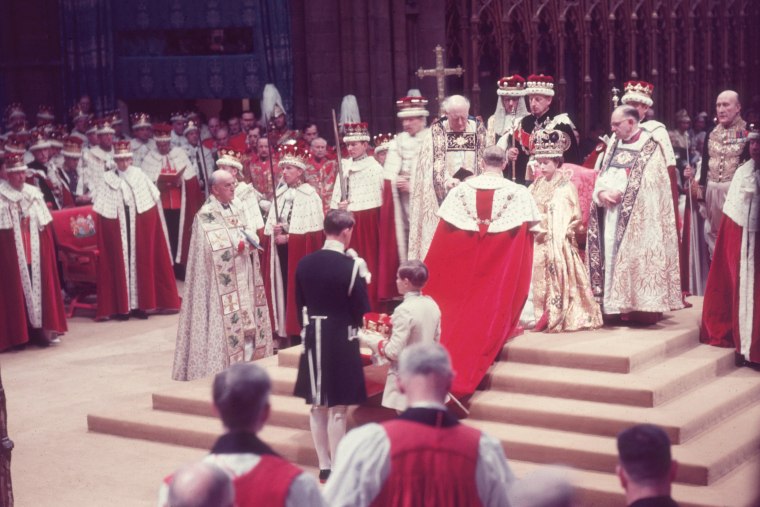
She reigned against the backdrop of vast cultural and political transformations — the end of Britain’s age of deference and its empire, and the advent of globalization and the multimedia age. Throughout, she and her family experienced unprecedented levels of public exposure and, at times, a fractious relationship with the media.
Elizabeth also oversaw the monarchy’s evolution into a champion of a diminished United Kingdom at home and abroad, and she worked tirelessly to keep the crown relevant in a changing world. A source of unending fascination to many, she’s been the subject of movies, plays and TV series, including “The Crown,” “The Queen,” and “The Royal House of Windsor.”
“She has throughout her reign managed to make people feel that she is the spirit and the soul of the country,” said Clive Irving, the author of “The Last Queen: How Queen Elizabeth II Saved the Monarchy.” “She gives over a maternal feeling. She’s a safe pair of hands at the top. No one else has ever been able to convey that as she did.”
That was evident most recently during the pandemic, when early on the queen addressed the U.K. in a rare broadcast to urge her subjects to show the same “self-discipline” and “quiet good-humored resolve” that characterized previous generations.
The queen, whose image adorns stamps, money and mailboxes, is more than a mere figurehead: She played an essential role in the functioning of the U.K. as a constitutional monarchy. After an election, it is the U.K.’s monarch who calls on the political parties to form a government. The monarch also must give assent to all legislation passed by Parliament, and meets weekly with the prime minister to discuss government matters. They are legally allowed to “advise and warn” the government’s ministers.
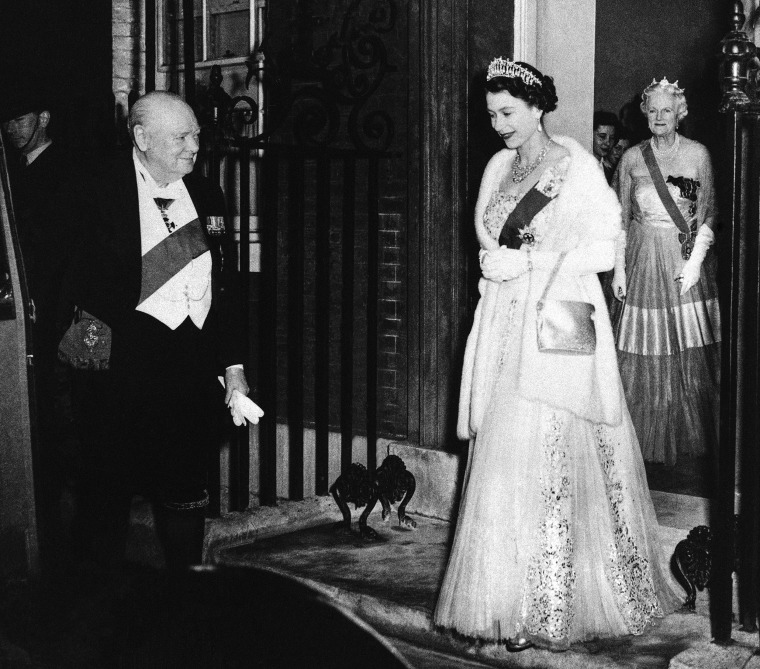
Crucial to what is widely seen as a successful reign was Elizabeth’s ability to appear ubiquitous and at the same time remain an enigma. She accomplished this by avoiding expressing her political views or making controversial statements in public — no mean feat for someone constantly in the limelight. This meant keeping her own counsel during thousands of events, appearances and speeches, according to Philip Murphy, the director of history and policy at the University of London.
“She has an incredible capacity for repeating the same sorts of rather dull official events which clearly mean an awful lot to other people,” said Murphy. “So much of being a constitutional monarch is the repetition of boring regimes, and there’s something about her that has never rebelled against that. She would call that a sense of duty.”
During the war, Elizabeth and her sister went to live in Windsor, while their parents stayed in London despite the heavy bombardment from German bombers. She made her first radio address in 1940, speaking to other children who had been separated from their families to keep them safe.
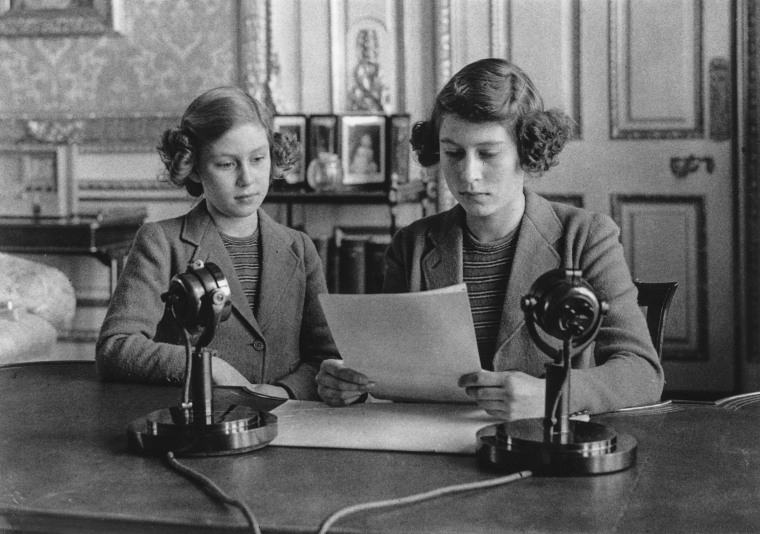
Toward the end of the conflict, the princess joined the all-female Auxiliary Territorial Service and trained as a mechanic.
It was during the war that the young royal began to date her future husband.
Philip, her third cousin, was a Greek prince but had spent most of his childhood in the U.K. His family fled Greece after a revolution and were largely penniless. The couple first crossed paths in 1934 at a family wedding and then met again in 1939 when she was 13 and he was 18. While he was stationed abroad during the war, they wrote letters to each other, but his background and her youth were a cause of concern to other members of the royal family.
During their courtship, Philip and Elizabeth would go out driving in Philip’s tiny MG sports car, as well as dancing at London nightclubs. The couple announced their engagement in July 1947 after Elizabeth returned from her first trip abroad to South Africa. They wed that November, and Philip renounced his Greek title and became a British citizen.
Two years later, they moved to Malta, where Philip was stationed with the British Navy and she lived as an officer’s wife, far from the public eye. Royal observers have speculated that these were some of the happiest years of Elizabeth’s life, a time when she was able to drive her own car and mingle with other officers’ wives without the layers of security and protocol that have defined her reign.
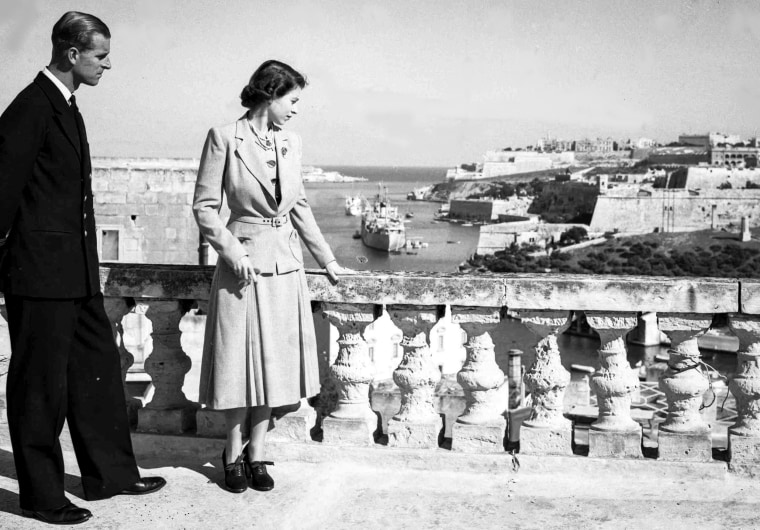
Their relative freedom was cut short when King George, who’s health had long been precarious, suddenly deteriorated. At the time of his death in February 1952, Elizabeth was in Kenya on a royal tour with Philip. After word reached an aide, Philip broke the news to Elizabeth during a walk.
Royal experts say it was Elizabeth’s husband, five years her senior, who helped guide the young queen in the early years.
“She was so young when she ascended the throne,” royal biographer Ingrid Seward said, adding that Elizabeth followed much of the tradition her father had established. “Everything was completely archaic. It was so old-fashioned. I think more than anyone, Prince Philip helped move the monarchy up.”
That was particularly evident in the way he helped revamp the royal estates — the land and holdings belonging to the crown — making their operations profitable, she said.
Philip’s influence on the monarchy as an institution was mirrored in their personal lives, as well.
In one of her more revealing speeches about her husband on the occasion of their 50th wedding anniversary in 1997, the queen referred to his “constant love and help” and said, “He has, quite simply, been my strength and stay all these years.”
Philip, who retired from his official royal duties in 2017, died in April 2021 at the age of 99. He and Elizabeth were married for 73 years.
In addition to Prince Charles, Elizabeth is survived by two sons, Princes Andrew and Edward; a daughter, Princess Anne; four grandsons; four granddaughters; and 12 great-grandchildren.
Over her 70-year reign, the queen eased the U.K. into its new post-World War II role, which had been diminished after the loss of its colonies around the world.
The queen placed a strong emphasis on her position as the head of the Commonwealth, a loose alliance of more than 50 countries, many of which are former British colonies.
“The queen had to work out how to manage decline — the dissolution of the empire, coming to terms with diminished power — but she also understood that diminished power does not have to mean diminished quality,” Irving said.
Her extensive travels around the globe, many on her beloved royal yacht Britannia, helped raise the profile of the U.K. and brought a dose of glamor to the places she visited. In 1961, she visited the former British colony of Ghana, which had gained independence just a few years earlier in 1957. During that trip, a charm offensive in one of the first members of the Commonwealth, she was filmed dancing with the country’s leader, Kwame Nkrumah, at a time when segregation still existed in the U.S.
Like with so much else that the queen does, it was her actions and not her words that carried weight.
“A man could not have done it,” historian Nat Nunoo Amarteifio said in the BBC documentary “The Queen: Her Commonwealth Story.” “Here is our president, being respected enough by the queen of England for her to put her arms around him.”
While she was lauded for her work abroad, she was also praised for opening up the royal household and giving the public a glimpse of the family’s life at home.
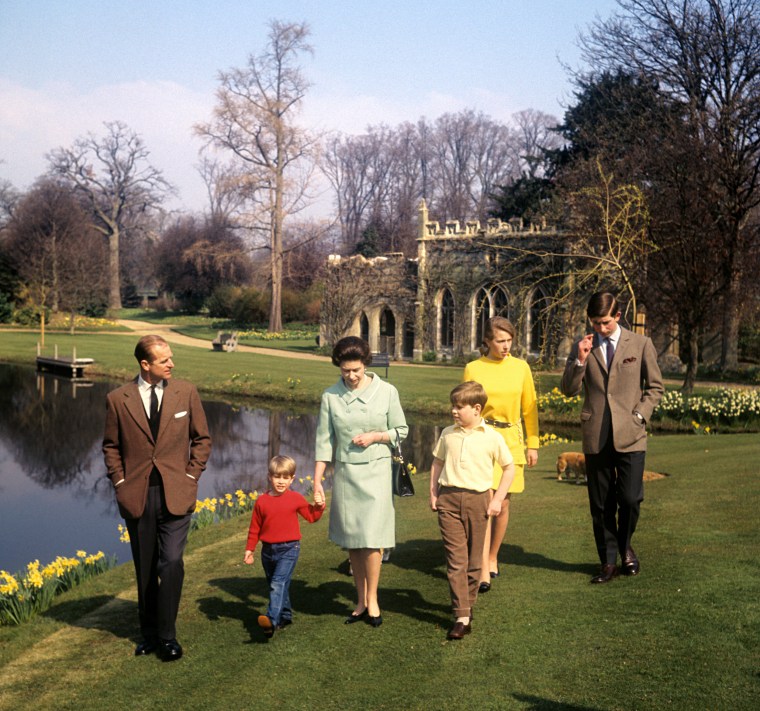
A 1969 documentary, “Royal Family,” revealed the royal couple’s private life for the first time, showing Elizabeth and Philip having dinnertime conversations and engaging in other regular activities, including barbecuing.
“People realized they weren’t gods. They were real people,” Seward said. “A lot of people said this was a turning point.”
While the queen’s steady consistency was largely considered a boon for the monarchy, her children and grandchildren’s lives have occasionally been a thorn in the side of monarchists.
Most recently, her grandson Prince Harry and his wife, Meghan, accused an unnamed member of the royal family of asking how dark the skin of their children would be. The couple gave up their royal duties and left the U.K. in 2020.
Just before their departure, the queen was faced with a growing scandal around her son Prince Andrew’s friendship with the accused sex trafficker Jeffrey Epstein. Andrew stepped down from his public duties in support of the queen in November 2019, and she stayed largely silent on the topic.
Despite the recent challenges facing the monarchy, its popularity has remained high. That hasn’t always been the case.
In the early 1990s, Charles’ rocky marriage to Princess Diana was all over the news, eventually ending in divorce in 1992. In one of the queen’s most famous speeches marking the 40th anniversary of her ascension, she referred to 1992 as an “annus horribilis,” or disastrous year. Speaking just days after a blaze destroyed a large part of her Windsor Castle residence, the queen made a plea for understanding, saying that “most people try to do their jobs as best they can, even if the result is not always entirely successful.”
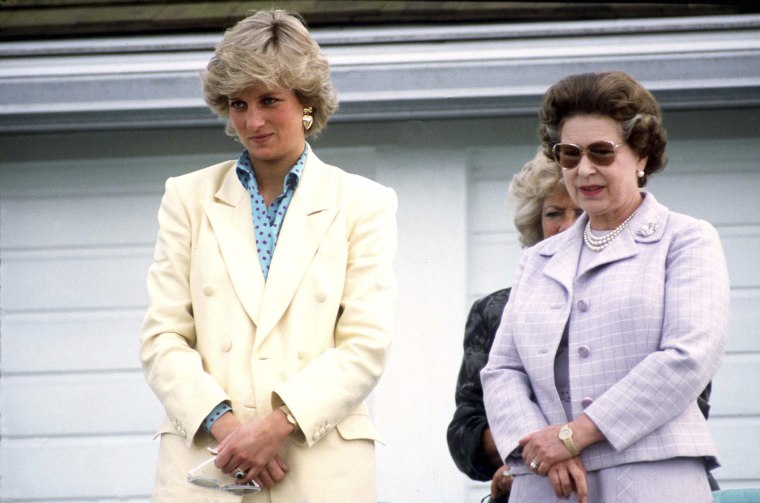
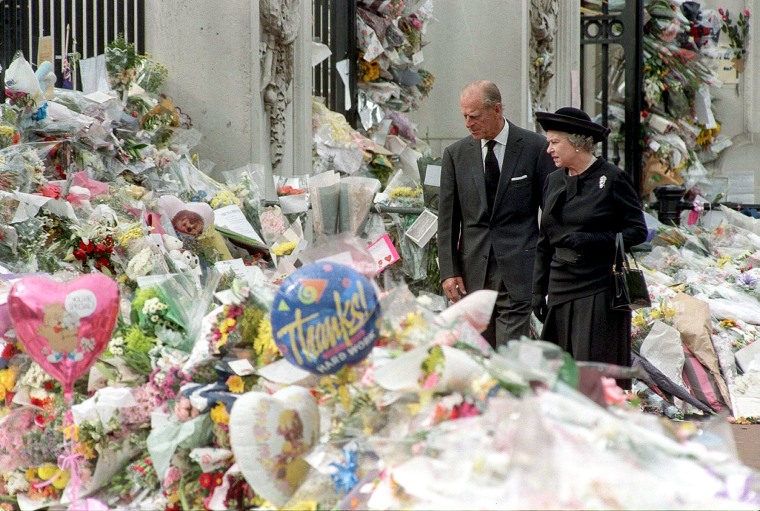
Five years later, when Diana was killed in a car crash in Paris and the world mourned, Elizabeth was criticized for staying silent for days and hunkering down at her home in Scotland with Charles and Diana’s sons, her grandsons Princes William and Harry. Satisfaction with the way she was doing her job dipped to 66 percent after that, according to the U.K. polling company Ipsos Mori. (At the time of her 60th anniversary on the throne in 2012, her popularity had risen to 90 percent.)
“I think that was an extremely challenging time for the monarchy, because people couldn’t understand why the royal family weren’t responding as they wanted to,” Seward said of Diana’s death. “In times of great tragedy, they just always lock down. ... They don’t grieve in public. And people wanted more than that.”
When the queen finally returned to London nearly a week later, she paid tribute to Diana. “I for one believe there are lessons to be drawn from her life and from the extraordinary and moving reaction to her death,” Elizabeth said.
She acknowledged in a 1997 speech that the monarchy “exists only with the support and consent of the people.”
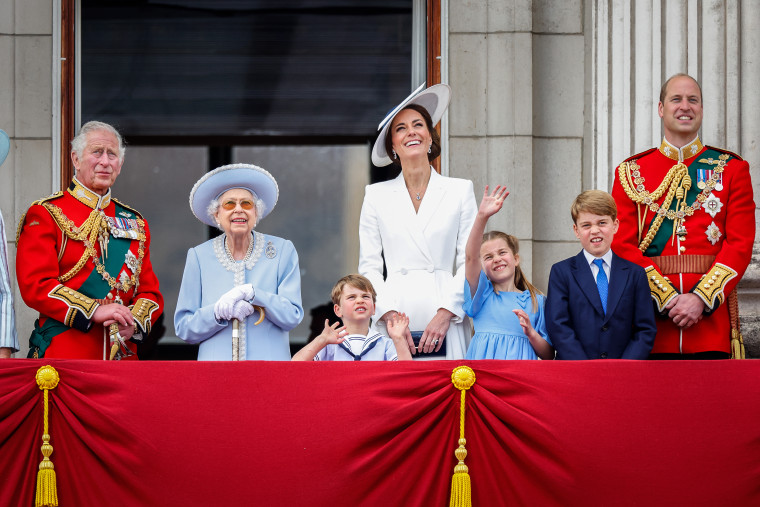
In September 2015, she became the longest-serving monarch in British history, surpassing her great-great-grandmother Victoria’s record of 63 years, 216 days.
“Inevitably a long life can pass by many milestones. My own is no exception,” the queen noted at the time.
While she carried on working until the end, meeting foreign dignitaries, visiting cities around the U.K., supporting charities and promoting her kingdom at home and abroad, she had canceled a number of appearances and events toward the end.
Perhaps the greatest measure of Elizabeth’s success in carrying the House of Windsor into the future will be how it continues on in her absence. Charles, 73, now becomes king, a role he’s been groomed for since birth.
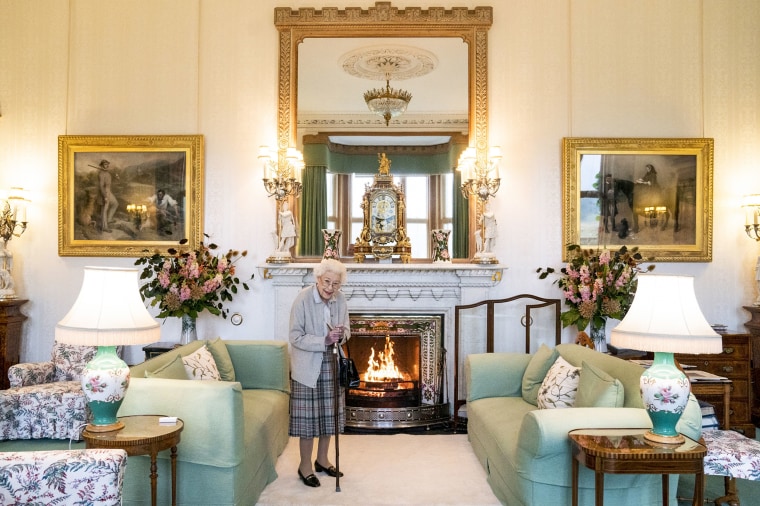
At his 70th birthday celebration, in November 2018, Elizabeth called him “a dedicated and respected heir to the throne to stand comparison with any in history — and a wonderful father.”
Yet his popularity is nowhere near as high as his mother’s, coming in sixth on YouGov’s royal popularity ranking, behind his sister, Anne.
While most Britons “love” the queen, Irving said, “the question is how relevant does the monarchy remain after the queen.”